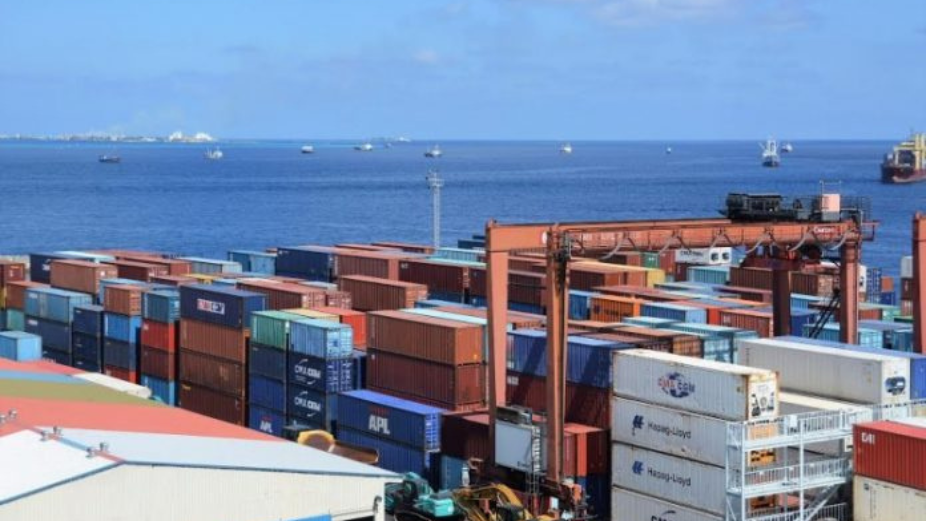
Maldives Customs Service has published the annual statistical review for the year 2021.
The worldwide supply networks were interrupted by the COVID-19 pandemic and in a last-ditch effort to limit the deadly virus, all nations including the Maldives coordinated the implementation of extreme measures such as lockdowns and border closures.
The consequence was a significant decrease in economic activities and a precipitous decline in commerce. In 2020, the value of CIF imports to the Maldives decreased by 36% compared to 2019. In 2020, imports decreased from MVR 44.3 billion in 2019 to MVR 28.2 billion.
As the nation entered a state of lockdown in March of 2020, imports decreased substantially. With the cautious relaxing of measures, including the opening of borders to tourism, the numbers began to gradually increase. The year 2021 depicts an economy that is gaining momentum with optimism. Imports in 2021 increased by a remarkable 40% compared to the previous year. The CIF value of imports increased from MVR 28.2 billion in 2020 to MVR 39.4 billion in 2021.
Considering the direction of trade in 2021, about half of the value of commodities imported last year came from only four countries: Oman, the United Arab Emirates, China, and India. It is noteworthy to observe that each of these four countries imported a similar amount of merchandise.
With the decline in imports, customs revenue also decreased dramatically in 2020, before reverting to pre-pandemic levels in 2021. The revenue received by Customs increased by 35% from the 2.3 billion it collected in 2020 to 3,3 billion in 2021.
In 2011, the government of Maldives abandoned customs taxes in favor of the Goods and Services Tax, drastically altering the country’s fiscal reliance on customs duties as the primary source of state revenue (GST). Despite this, import duty continues to contribute significantly to the national tax collection at 20%.
Since there were no large external shocks, such as the pandemic, many of the numbers we observed last year and the year before were significantly different from those of regular years. A detailed examination of our statistics reveals some intriguing tendencies linked to the Covid-19 epidemic.
The efforts of the government to obtain sufficient food and other necessities are supported by customs data. In the first quarter of 2020, for instance, imports of staple foods climbed by an astounding 34% compared to the same period the previous year. Similarly, import costs for pharmaceuticals and personal hygiene products such as sanitizers and disinfectants climbed by more than threefold in 2020 compared to the prior year.
See the full review HERE.












